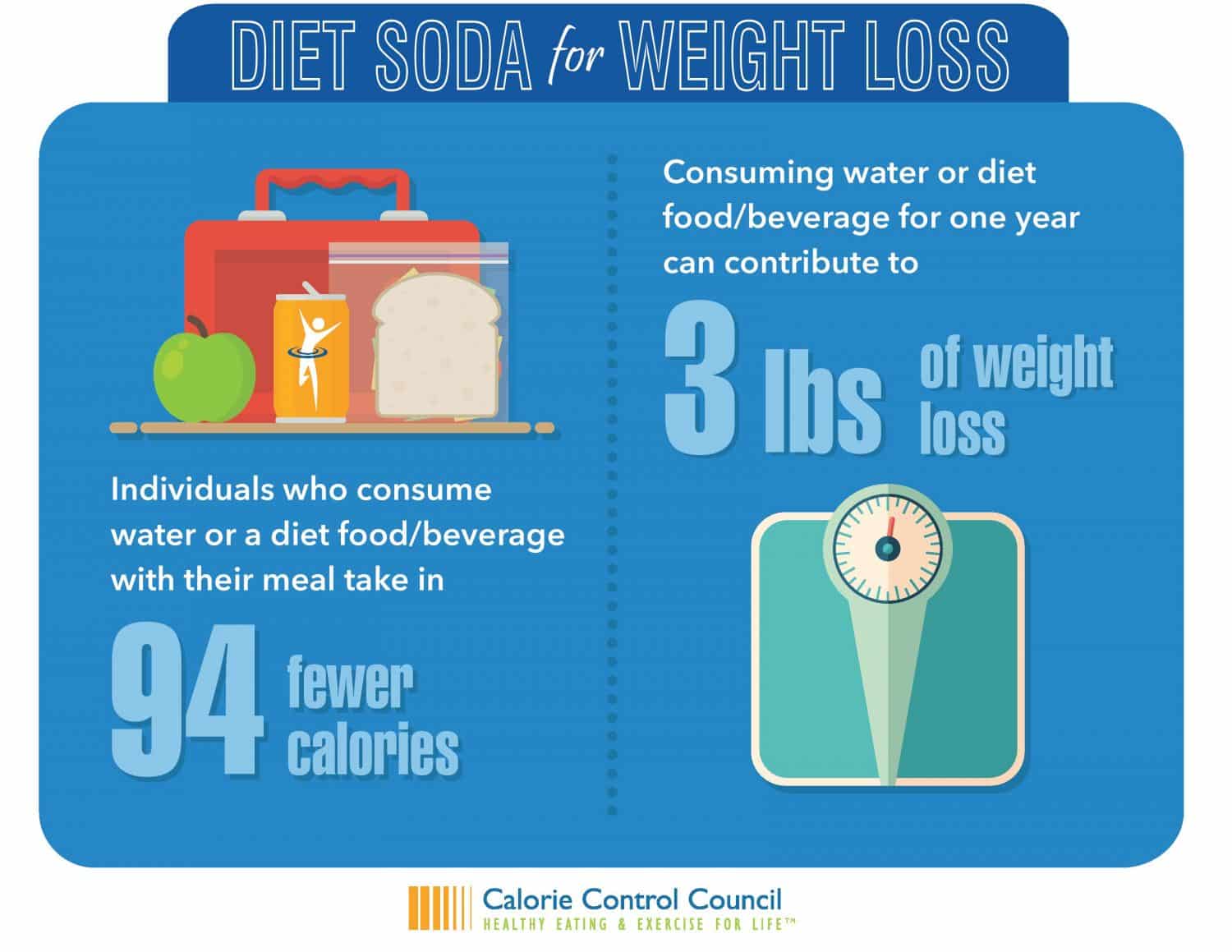Understanding Cold Laser Therapy
Understanding Cold Laser Therapy
Blog Article
Scientific Study on the Efficacy of Cold Laser Technique
Cold laser therapy is a useful device to aid suffering monitoring and the healing procedure. It is typically used in sporting activities medicine, dermatology and acupuncture.
Cold lasers penetrate deep right into tissues and advertise chemical modifications without heating them. They lower swelling and swelling, speed up mobile task and accelerate healing.
Academic History
Unlike the high-intensity lasers that surgeons usage to puncture tissue, cold laser therapy utilizes light-emitting diodes to penetrate into your skin and promote healing. As these photons reach damaged tissues, they initiate a chain reaction that enhances your cells' production of enzymes and accelerates your body's natural healing processes.
The photons also decrease pain via the production of endorphins and enhance your body's capability to drain swollen areas by inducing vasodilation (the expansion of blood vessels). As a result, it assists you recover from musculoskeletal injuries and discomfort quicker.
Lots of people have found out about cold laser therapy from their physical therapist, chiropractic physician or physician and may be wondering just how it functions. Unlike many laser devices used in the clinical area, which really warm up cells, our modern tools produces cool laser beam that don't cause any kind of heating of your tissues. This allows your body to receive the therapeutic advantages without causing any type of negative effects.
Scientific Trials
Cold laser treatment is frequently advised as a treatment alternative for individuals who have bone and joint pain and injuries. It can be utilized to decrease swelling, enhance tissues and increase the body's natural recovery processes.
Non-thermal photons of red and infrared laser radiation are soaked up by the light sensitive components in cells and initiate a rise in intracellular metabolic process that raises cell reproduction, lowers inflammation, removes edema and shortens recovery time.
Unlike the light that is produced by sunshine or standard lights, laser light is identical (all wavelengths travel in the same direction), systematic and single. These homes allow laser energy to pass through deeper right into the tissues.
Numerous clinical tests have actually shown that LLLT can be efficient in decreasing discomfort in the musculoskeletal system. Nonetheless, even more well-designed researches are needed to examine the optimum settings for laser irradiation and to identify its performance in particular problems, such as oral mucositis in cancer cells patients getting radiation treatment or radiotherapy, and wound recovery (including diabetic person abscess following hammertoe surgical treatment). This Aetna plan publication does not resolve other uses LLLT, consisting of the treatment of different skin diseases.
Verdicts
Unlike medical lasers that can damage tumors or coagulate cells, cold laser treatment does not warm the body's cells. Rather, the light boosts your cells to generate adenosine triphosphate, which speeds up the repair service procedure of injured tissues.
Aetna takes into consideration low-level laser (LLL) treatment medically needed for the avoidance of oral mucositis connected with cancer cells treatment (chemotherapy, radiation treatment, hematopoietic stem cell transplant) and non-cancer treatments (such as radiodermal injury, fibromyalgia). A number of research studies revealed that LLT can be efficient in decreasing PU signs and symptoms without damaging results. However, differences in research study styles and laser dosimetry made contrast of the outcomes hard; RCTs with low risk of bias are needed. The use of a 660 nm wavelength and higher energy density seems extra reliable than the various other studied laser wavelengths. This could be because the other wavelengths may promote inflammatory procedures and create even more adverse effects. The impact of the sort of laser made use of is also essential; the writers recommend that future study concentrate on examining various kinds of lasers and their doses to identify the optimal combination of laser specifications for PU prevention.
Referrals
Cold laser treatment is used by dentists to treat swollen periodontal tissue, doctors to ease discomfort brought on by rheumatoid joint inflammation, and physical therapists to speed up the recovery of muscle mass, ligament, and tendon injuries. Several clinical insurance coverage strategies cover this treatment.
Unlike warm lasers, which have a thermal effect on tissues, cool lasers (likewise called low-level lasers) stimulate the mobile energy of the skin. Photons from the laser light penetrate right into the cell, causing a series of chemical changes that advertises regeneration and decreases inflammation.
In order to be effective, lasers have to be correctly arrangement and made use of. This is why it is not recommended to acquire an economical over-the-counter laser tool and try to treat on stress relief your own in your home. A trained expert is needed to make certain that the tool is utilized correctly to reduce the threat of eye injury and optimize its effectiveness. The laser gadget have to be adjusted to the right setup, intensity, frequency, and setting of the laser on the therapy area.